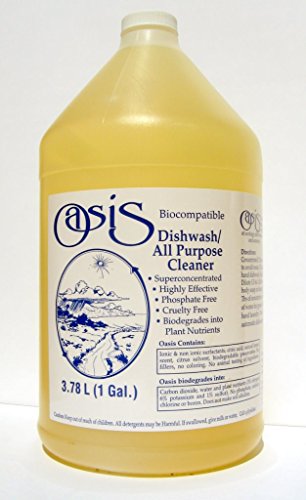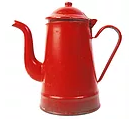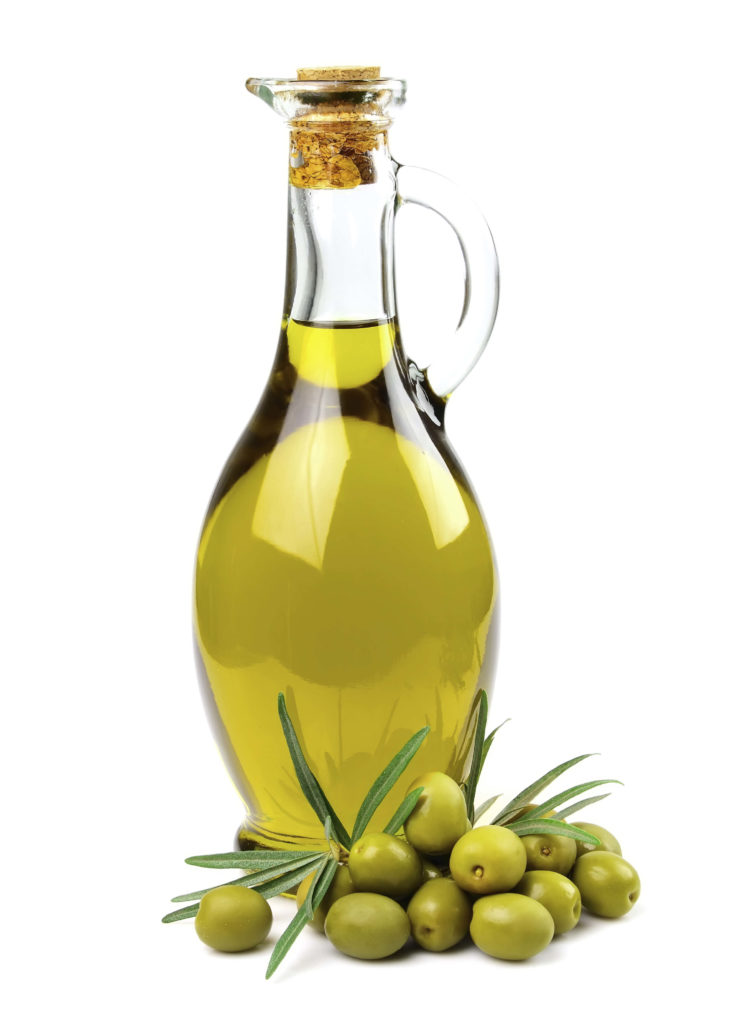Green cleaning is a global trend. It’s a commitment to sustainability. Green cleaning can make your home healthier, and it keeps everyone’s home, our Mother Earth, healthier, too.
Unfortunately, the term “green” has become weak through overuse. Toxic products that contain fewer toxins than they used to, or fewer toxins than another product, may be called “green.”
We are using the terms “super-green” and “truly non-toxic” to indicate that we use products composed of common substances, most of which are edible.
But a product isn’t safe by itself–it needs to be used carefully and in moderation to stay safe. So for us the terms “truly non-toxic” and “super-green” means we pay attention to what we are doing.
By choosing super-green cleaning, you help protect your family/employees/students/customers and our employees, and everyone’s precious world from being exposed to harmful chemicals. Thank you.
The cleaning products we use:
◇ NO VOCs ◇ No ammonia ◇ Non-alkaline detergents ◇ No artificial fragrance ◇ Open source, honestly labelled ◇ Biodegradable ◇ Edible ingredients

Sodium-free Biocompatible Detergent
Nitrogen-based, biocompatible, gray water-safe detergents can enrich the soil, rather than contaminate it.

High temperature H20
Good old hot water cuts grease, sanitizes, and leaves no trace.

White Vinegar
The acetic acid in vinegar cuts through mineral deposits on faucets and windows, de-greases, shines surfaces, and disinfects. It’s a super multi-purpose cleaner that is eco-friendly and non-toxic.

Essential Oil
Antibacterial and freshening properties, essential oils make great green cleaners without the toxic fumes from store bought cleaners. Lemon, tea tree, rosemary, wild orange, lavender, eucalyptus, peppermint cinnamon, pine and thyme are our favorites!

Olive Oil
Olive oil is more than just a healthy cooking oil. It’s also a cleaning tool that can nourish surfaces and loosen stains, grease, and grime.

Baking Soda

HEPA Filter
Vacuuming with a good machine cuts the amount of dust you inhale. We use a vacuum with a high-efficiency particulate air (HEPA) filter, which filters out 99.7% of small particles.
What’s in Toxic Cleaning Agents?
Some cleaning products are filled with unpronounceable chemicals that can cause asthma, allergies; cancer; damage to the endocrine, immune, and nervous systems; reproductive and developmental disorders; organ damage; and general conditions such as multiple chemical sensitivity or environmental illness. These substances also injure and kill animals. Some of these chemicals remain in our water or soil forever, or nearly so.
The human body can handle small amounts of poisons. The more time you spend breathing synthetic fumes and exposing your skin to irritating fluids, the more damage you do to your health.
Take a look at some of the ingredients found in many cleaning products.
- Ammonia, Amyl acetate,
- Artificial fragrance
- Aerosols
- Sodium lauryl sulfate and sodium laureth sulfate (known as SLS or SLFS)
- Butyl cellosolve
- Diethanolamine (DEA)
- Triethanolamine (TEA)
- Triclosan
- Phosphate
- Sodium hydroxide
- Aromatic hydrocarbons
- Volatile organic compounds (VOCs)
Petrochemicals Chemicals of very high concern:
- Alkylphenol ethoxylate (APE)
- Artificial musks
- Bisphenol A
- Brominated flame retardants
- Chlorinated paraffin
- Organotins
- Phosphates
These chemicals can be found in many cleaning products including:
- Window cleaners
- Aerosol spray products
- Air fresheners
- Chlorine bleach and scouring powder
- Detergent and dishwashing liquid
- Rug and upholstery cleaners
- Furniture and floor polish
- Oven and stove cleaners
Thank you for choosing truly non-toxic cleaning instead.
